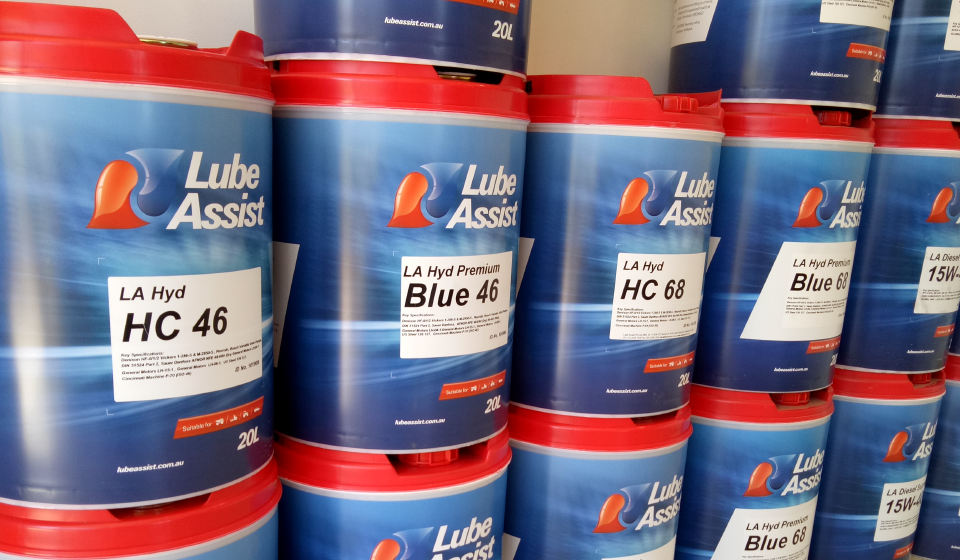Hydraulic Oil – Group II Hydrocracked vs Group I Solvent Based Oil
Date Posted:5 April 2017
We are asked nearly on a daily basis, “What kind of hydraulic oil should I run in my machine?” If the machine is designed for a monograde hydraulic oil (which most construction machines are), then our answer is always simple: a high quality Group II hydraulic oil of the correct viscosity.
The simplest way to describe the viscosity of oil is by its thickness. The lower the number, the thinner the oil. Most modern machines are designed to run either a 46 or 68 hydraulic oil in Australian climates. But what is the difference between a Group I and Group II oil?
Group I oils are refined using a solvent refining process, whereas Group II oils are refined using a hydrocracking process.
The solvent refining process was developed over 70 years ago. The process attempts to remove undesirable components from the feed oil. The feed oil undergoes a series of processes, with the main process being that it is mixed in a solvent extraction tower with a solvent to reduce approximately 80% of the aromatic material before being chilled to ‘de-wax’ the oil.
Hydrocracking is the process of refining oil under high pressures and high temperatures, with hydrogen present as a catalyst. This process makes the oil very suitable as a base oil for lubrication as the hydrocarbon molecules that are formed are more stable. The hydrocracked oil will result in a much higher quality Group II base oil, which is completely colourless. They only have around 0.5% aromatics left in the base oil, versus around 20% in solvent base oils. All reputable machine manufactures use Group II base oils as the initial oil fill when manufacturing their machines.
The hydrocracking process is used for all Lube Assist hydraulic oils. The easiest way to check? When you pour Lube Assist oils into your machine, they will be completely clear. Remember, when you are pouring a Group I oil into your machine, you are also pouring in 19.5% more impurities, which will lead to significantly shorter pump life.

